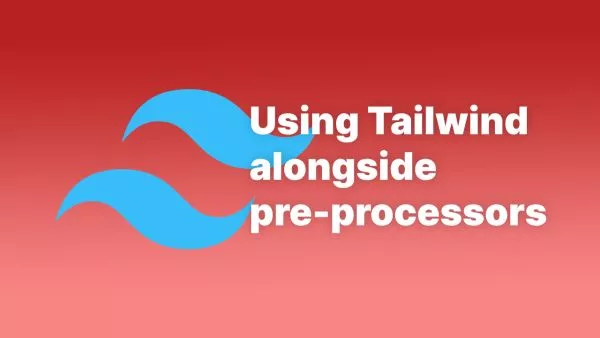- What is Kubernetes?
- Core Concepts of Kubernetes
- Why Kubernetes?
- Getting Started with Kubernetes
- Summing up
In today's rapidly evolving software landscape, Kubernetes has emerged as a pivotal tool in the realm of container orchestration. For developers navigating the complexities of deploying, managing, and scaling containerized applications, Kubernetes offers a robust, scalable, and efficient solution. Let's explore what Kubernetes is and why it's become indispensable in modern application development.
What is Kubernetes?
Kubernetes, also known as K8s, is an open-source platform designed to automate the deployment, scaling, and operation of application containers. It was originally developed by Google and is now maintained by the Cloud Native Computing Foundation. Kubernetes eases the burden of configuring, deploying, managing, and scaling containerized applications by using a cluster of machines.
Core Concepts of Kubernetes
Understanding Kubernetes begins with familiarizing yourself with its key components:
- Pods: The smallest deployable units in Kubernetes, which can contain one or more containers.
- Nodes: Machines (VMs or physical servers) that run containerized applications. Every Kubernetes cluster has at least one worker node.
- Clusters: Sets of Nodes that run containerized applications. This is the foundation of Kubernetes, enabling it to manage, scale, and deploy applications.
- Deployment: Manages the creation and updating of Pods. It's a higher-level concept than a Pod, abstracting the details of how applications run.
- Services: An abstract way to expose an application running on a set of Pods as a network service. It defines a logical set of Pods and a policy to access them.
Why Kubernetes?
Kubernetes offers several compelling benefits for modern application development:
- Scalability: Easily scale your applications up or down based on demand, without increasing your ops team.
- Load Balancing: Automatically distributes network traffic and load balancing to ensure a stable deployment.
- Automated Rollouts and Rollbacks: Manage your application deployment with automated rollouts and rollbacks.
- Self-Healing: Automatically restarts containers that fail, replaces, and reschedules containers when nodes die.
- Storage Orchestration: Automatically mount storage systems of your choice, whether local storage, public cloud providers, or more.
Getting Started with Kubernetes
For developers beginning their Kubernetes journey, here’s how to get started:
- Learn the Basics: Familiarize yourself with basic concepts of containerization and Docker, as they are fundamental to understanding Kubernetes.
- Set Up a Local Environment: Tools like Minikube or Kubernetes in Docker (kind) can help you set up a local Kubernetes environment for testing and learning purposes.
- Experiment with Deployments: Start by deploying simple applications on your local cluster. Practice scaling them up and down, exposing them as services, and applying rolling updates.
- Explore Kubernetes Resources: Utilize resources like the official Kubernetes documentation, online courses, and community tutorials.
Summing up
Kubernetes is transforming the way applications are developed, deployed, and scaled. As a developer, understanding Kubernetes is no longer just an option but a necessity in the modern cloud-native landscape. By mastering Kubernetes, you can ensure your applications are scalable, resilient, and efficient, ready to meet the demands of the modern digital world.
Kubernetes stands at the forefront of container orchestration technologies, offering a path to more reliable, scalable, and efficient application deployments. As you embark on your Kubernetes journey, embrace the learning curve, and explore its vast potential in revolutionizing your development workflows.


